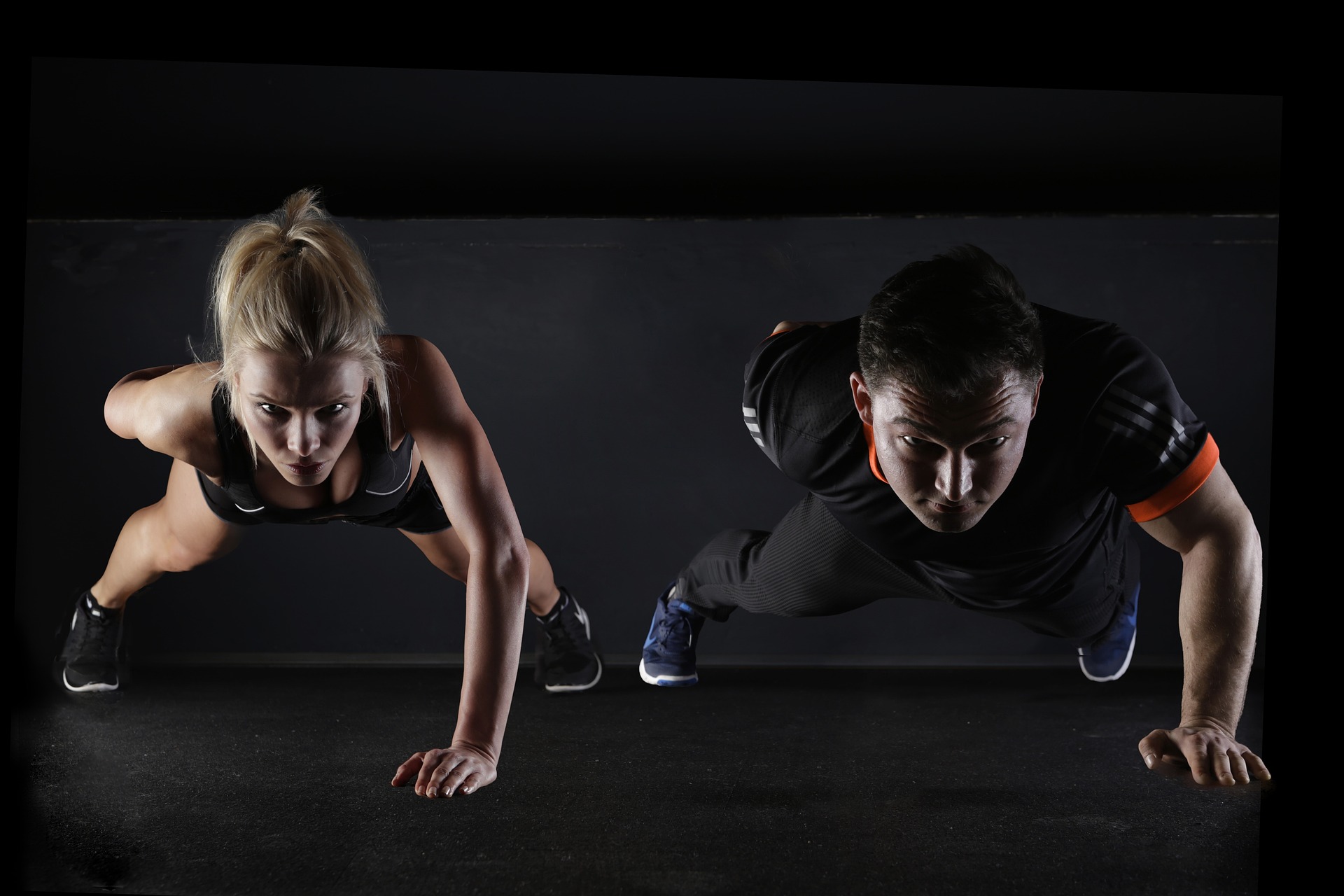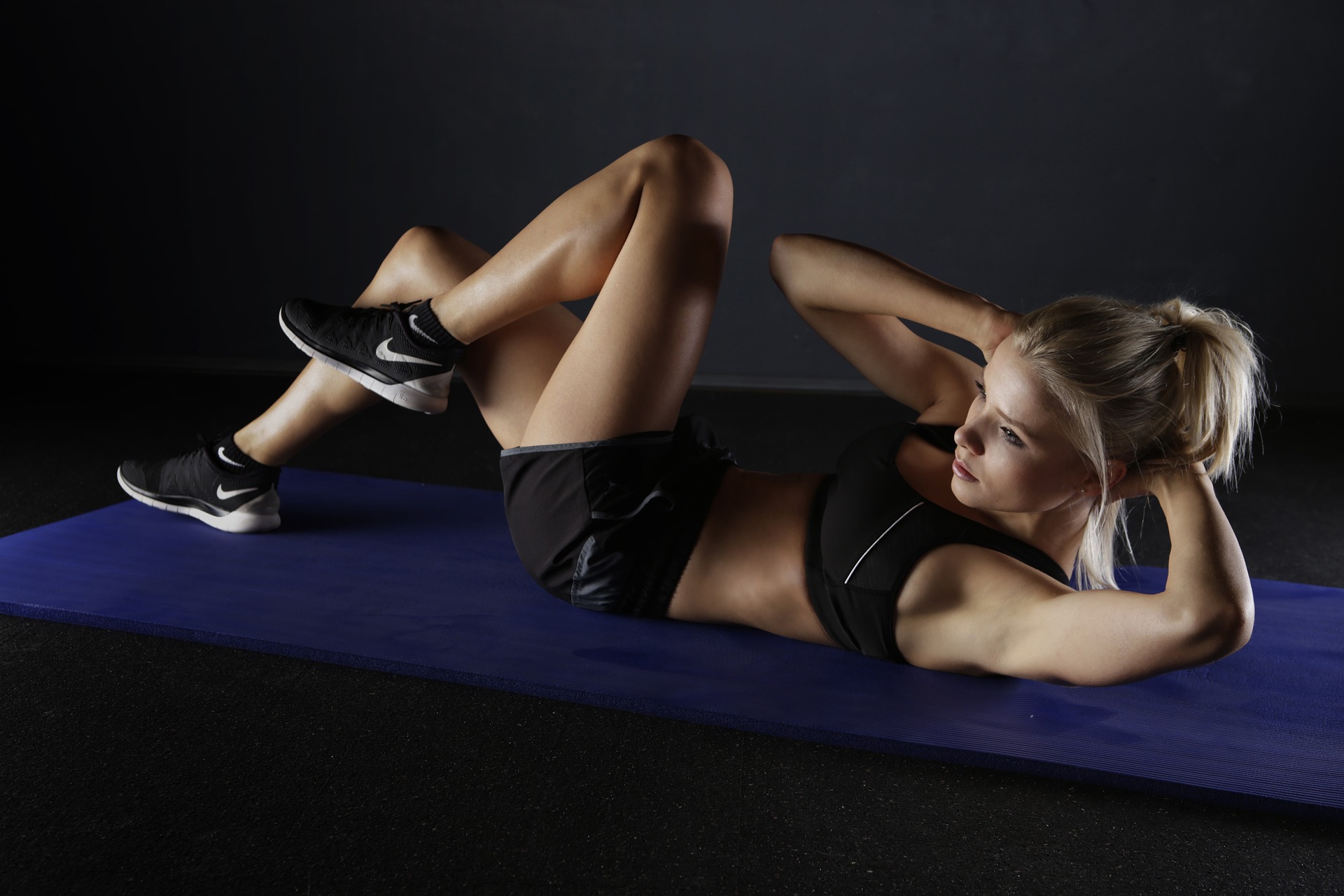Written by Gianfranco Di Mare, Performance Engineer, this text is our guide on how to maximize your workout and warm-up in the most physiological way. It recalls our discussions about the Gaussian performance, emphasizing the importance of gradually intensifying your workout rather than abruptly stopping, particularly when it’s intense.
When you plan on undertaking a slow and long run, you should start slowly and perhaps increase the pace as time goes on, especially as your abilities improve.
Multiple paces can easily be defined as “slow.” Before actively starting your running session, it is also advisable to engage in a warm-up activity that focuses more on mechanics rather than energy expenditure.
Here’s an outline on how to make the most out of your warm-up and workout:
1. Rotate your ankles freely and then, with your foot against the ground, move your ankle in circles to optimize your foot joints.
2. Raise yourself occasionally on your toes and heels.
3. Massage the sides of your knees vigorously with fully extended legs and the weight of your body on the other leg.
4. Squat and stand again several times changing the distance between your feet each time.
5. Shake your thigh muscles underneath your hips.
6. Take some steps running on the spot, hitting your buttocks with your heels.
7. Standing up, pull your knees one at a time towards your chest with both hands, hold for a few seconds and accentuate the pull towards the opposite shoulder.
8. Lift your legs alternately sideways.
9. With one leg slightly off the ground and straight, make mild twisting movements so that your foot alternatively points inwards and outwards.
10. Gently bend forward without bending your knees too much and grab your ankles.
11. Start running slowly, taking breaks for more stretching or massaging a muscle.
The entire procedure lasts no more than two or three minutes, offering two substantial technical benefits. This warms up your body from the extremities to the core, complying with the most advanced principles of contemporary warming up. It also allows you to understand the condition of your joints, tendons, muscles, and spine to determine when you are ready to push harder.
If a particular technique or movement feels good, you can prolong it. It simply means that the part is still warming up or needs to. If you plan to run early in the morning in the middle of winter, the warm-up time will be longer than on a sunny spring afternoon.
Learning to listen to our body helps us avoid injury by insisting on strenuous practices or movements. Experienced athletes manage to bring immense internal heat to their muscles and joints: the better you warm up, the more you can as well.
Note: an increase in body temperature is not equivalent to a warm-up. Warming up not only increases the internal temperature but also enhances blood and oxygen flow, activates biochemical processes underpinning physical activity, and makes internal body fluids and muscle fibers more susceptible to extending and contracting powerfully and efficiently.
In our next post, we will discuss how to close a running session. Click here to find a comprehensive explanation of how to warm up for any sports practice or discipline, at any level.



